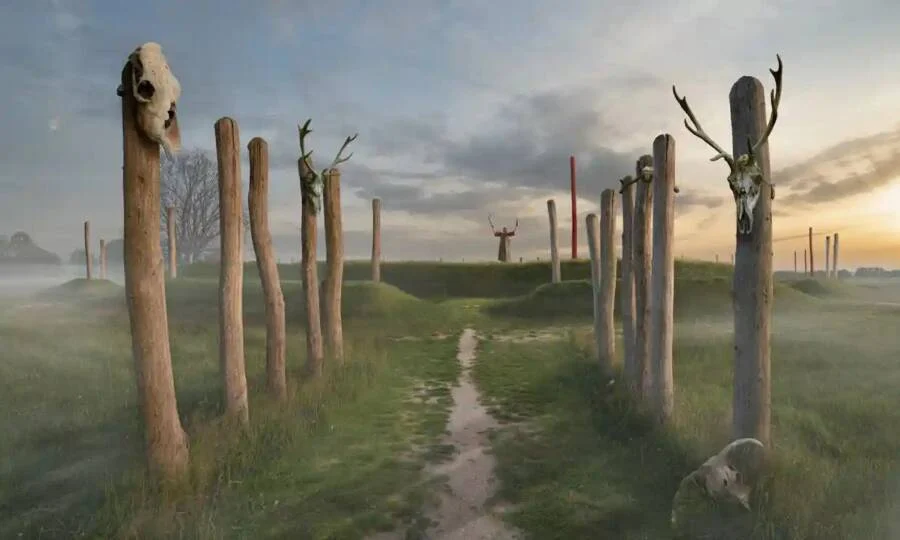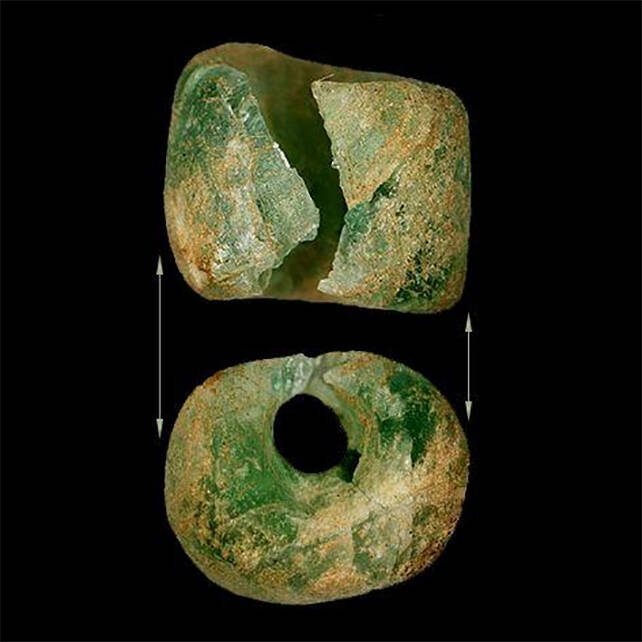
Ancient Site That Functioned As A Solar Calendar Discovered In The Netherlands
A team of Dutch archaeologists has recently unearthed a sacred site in the Netherlands, dating back approximately 4,000 years. Often referred to as the “Stonehenge of the Netherlands,” this site features a burial mound that served as a remarkable solar calendar.
Within the mound, which contained the remains of around 60 individuals spanning different ages and genders, several passages were designed to allow direct sunlight to illuminate specific points on the longest and shortest days of the year.
The central mound measures about 20 meters (65 feet) in diameter and its passages are aligned strategically to function as a solar calendar. According to the archaeologists, this calendar was employed by ancient people to determine important occasions such as festivals and harvest days.
Furthermore, during the excavation, researchers also discovered two smaller mounds. These three mounds were utilized as burial grounds for approximately 800 years. The entire sanctuary covers an area equivalent to about four soccer fields and is comprised of various grave mounds, passages, and ditches constructed using soil and wood.

Among the remarkable findings was a single glass bead found within one of the graves. Through analysis, it was determined that this bead originated from Mesopotamia, which is present-day Iraq. The remarkable aspect of this discovery is that the bead, which traveled a distance of approximately 5,000 kilometers (3,100 miles) four millennia ago, signifies the existence of trade and cultural connections between different regions. Since glass production was not known in the area, the bead would have been considered a highly valuable and exotic item during that time period.
The site will not be open to the public, for the simple reason that there’s nothing to see there. Now, researchers are deciding on how to best present their findings about the Stonehenge of the Netherlands to the world.
